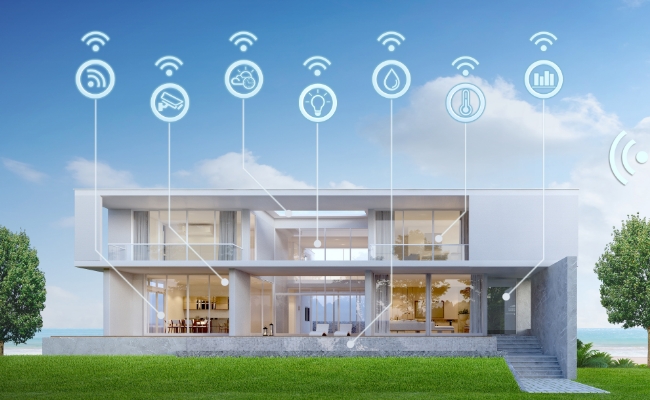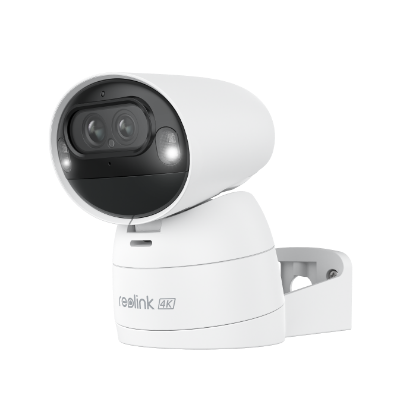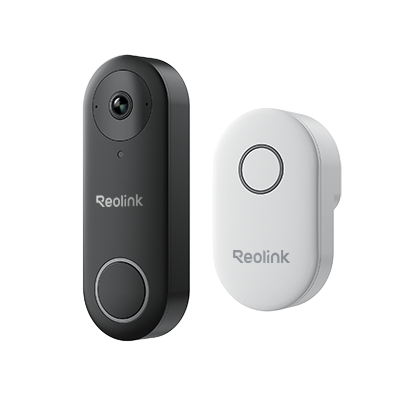What is Home Assistant?

Almost all electronic appliances today are becoming advanced and offer compatibility with features like automation through smart assistants. If you also want to use these advanced features, you might be thinking about what is the best smart home assistant.
Home Assistant is the best option in this case. However, apart from knowing what a home assistant is, you must learn how to use It for the best experience. That’s all that we will discuss in this article.
What is Home Assistant?
Home Assistant is an open-source platform designed for controlling home automation needs by managing smart home appliances. There are multiple smart automation systems available, but all the devices must be within a specific ecosystem. That’s not the case with Home Assistant.
This is because it offers a more flexible approach that is also privacy-focused. Using Home Assistant, you can connect with a wide variety of devices over your network and control them or set automation. One of the best things it does is that it allows you to remotely control things. Now that you know what is Home Assistant, let's explore how it works.
How Does Home Assistant Work?
Home Assistant requires a pretty basic setup for working. The working process starts with software installation on the hardware that the Home Assistant uses. After the installation of the software, it takes you to a quick profile setup and device integration part. This is the part where it will automatically detect the smart appliances available on your network.
You can customize your device details in its dashboard and set up automation with your smart voice assistants or use the dashboard manually. Since it is an open-source platform, it gives you complete control over your data and device functionality.
Hence, every user gets the privacy and security they need. Let’s get into further details about how does Home Assistant work.
Essential Requirements for Starting with Home Assistant
The first thing you need to do to set up Home Assistant at your home is to meet the essential requirements. These requirements include different things as explained below:
Hardware
The first requirement is having hardware. Home Assistant can run on small devices like Raspberry Pi, but it also supports working on old computers as well as dedicated servers. The main requirement is to have enough processing power and memory for the automation tasks.
Operating System
Next, you must install the Home Assistant on a supported operating system. It can use Home Assistant OC, Linux, Windows, MacOS, etc.
Internet Connection
Since all the smart appliances are connected via the Internet, the Home Assistant platform will also require an Internet connection. It is used for downloading updates, integrating cloud services, etc.
Sd Card
Lastly, you need an SD card of at least 16 GB or higher to store the Home Assistant software and your automation configurations. You may go for better storage options, but an SD Card will also get the job done.
What Devices Can Be Integrated with Home Assistant?
When you have Home Assistant integrated into your home, you can make as many device integrations as you need. Below are some of the most important and common devices that you can integrate with your Home Assistant.
Smart Lights
Smart lights are the most common thing to integrate with your Home Assistant. When integrated they can be remotely operated. The best part is that you can set different automations to turn lights off and on.
Smart Switches
Smart switches work similarly to lights but these help bring automation to the appliances that are not smart. It is most effective when you don't want to upgrade the appliance but want smart functionality.
Thermostats
If your home has HVAC, then you can integrate thermostats with the Home Assistant. It will allow everyone to remotely control the thermostat. The best part once again is temperature-based automation.
Smart Sensor
Does the place have smart sensors like intrusion sensors, fire sensors, and water leakage sensors? If yes, then these can be integrated into your Home Assistant to trigger certain appliances and functions.
Smart Security Camera
Home Assistant is also compatible with smart security cameras that operate over the internet. Without any wires, you can monitor the area with your cameras within your Home Assistant dashboard. It also allows controlling different camera features.
If you are planning to integrate a smart security camera with your Home Assistant, then the Argus Track from Reolink will be your perfect choice. It comes with 4K dual-lens technology, PTZ functionality, wireless operation over dual-band Wi-Fi, and takes power from battery making a perfect choice for your place.
4K Dual-Lens Wi-Fi Solar/Battery Camera
4K 8MP Ultra HD, Auto-Zoom Tracking, Pan, Tilt & 6X Hybrid Zoom, Color Night Vision, Dual-Band Wi-Fi.
Note: Besides Argus Track, Reolink other products also can be intergrated in Home Assistant.
Smart Lock
Smart locks do not require any physical key which allows anyone with authentication to unlock the lock. With integration with the Home Assistant, you can make operating those locks effortlessly.
Video Doorbell
Video doorbells take security to the next level and smart video doorbells can be integrated into Home Assistance for better security and convenient usage. Here you can see the video signal and operate your doorbell as well.
Integrating your video doorbell with your Home Assistant will bring a lot of convenience for you. Reolink brings a Wi-Fi video doorbell that operates over dual-band technology and provides features like 2K resolution and person detection. By integrating it with your Home Assistant, you will always know who is at the door.
Smart 5MP Video Doorbell with Chime
5MP Super HD Day & Night, Person Detection, 2.4/5 GHz Dual-Band WiFi, 180° Diagonal Viewing Angle, Two-Way Audio, Rich Notification.
How Can I Use Home Assistant?
Using the home assistant is very straightforward but it does take some specific setup steps to get things started. Below is our detailed usage guide on how you can use the Home Assistant.
1. Getting Your Hardware and Installing Home Assistant on It
You will begin by getting the hardware of your choice and installing the Home Assistant software on it. The steps for that may vary so follow the guide from the official page according to the hardware you select.
2. Set Up a Profile for Your Home Assistant
After you install the OS and you can access the web portal, the first thing you will need is to set up your profile with Home Assistant. This part also involves adding and editing smart devices.
3. Control Your Smart Home Devices via the Dashboard
Now all your appliances are added to the Home Assistant dashboard. You can control them and customize the dashboard as needed.
4. Download the Home Assistant Smartphone Application
To make it more convenient you can download the smartphone application and set up shortcuts with your smartphone assistant like Siri. Otherwise, you may get a Nabu Casa subscription for cloud services.
FAQs
1. Is Home Assistant free?
Yes, it is a free and open-source platform that is available for everyone to use without any cost. It is maintained by a community of contributors which makes it feature-rich and secure. Hence, anyone can download, install, and use it for free and enjoy its intuitive features.
2. Is Home Assistant worth it?
Even though it is free, you may need some hardware and time to set it up. With that, it is completely worth it for users who prefer automation, customizability, security, and control. The open-source nature of Home Assistant is a huge benefit since it brings flexibility to all smart devices.
3. Does Home Assistant require a subscription?
No, Home Assistant does not require a subscription if you want to continue using the basic functionality. However, if you plan to get cloud services and remote access via Nabu Casa then you will need a subscription for Nabu Casa which brings these advanced features.
Conclusion
When buying a smart appliance or electronic device you may think that you can only use it within its dedicated ecosystem. However, the Home Assistant platform allows users to enjoy flexibility when integrating their smart products with its centralized dashboard. The best part is that it is open-source and free so anyone can set it up without paying anything.
Search
Subscribe for the Latest Updates
Security insights & offers right into your inbox






























































































































































